|
There is some evidence on historical fencing as practiced in Scotland in the Early Modern Era, especially fencing with the Scottish basket-hilted broadsword during the 17th to 18th centuries. Most of our current knowledge of these arts derives from various combative treatises or Martial arts manuals, as well as written anecdotes (battle accounts, folklore, etc.) and artistic representations from different periods and locations in Scottish history. The basket-hilted sword is the name of a group of sword types of the early modern era characterized by a basket-shaped guard that protects the hand. Here we can recognize five subtypes. The Schiavona was a Renaissance sword that became popular in Italy during the 16th and 17th centuries. Stemming from the 16th-century sword of the Balkan mercenaries who formed the bodyguard of the Doge of Venice, the name came from the fact that the guard consisted largely of the Schiavoni, Istrian and Dalmatian Slavs. It was widely recognisable for its "cat's-head pommel" and distinctive handguard made up of many leaf-shaped brass or iron bars that was attached to the cross-bar and knucklebow rather than the pommel. Classified as a true broadsword, this war sword had a wider blade than its contemporary civilian rapiers. It was basket hilted (often with an imbedded quillon for an upper guard) and its blade was double edged. A surviving blade measures 93.2 cm × 3.4 cm × 0.45 cm and bears two fullers or grooves running about 1/4 the length of the blade. Weighing in at around 1.1 kg, this blade was useful for both cut and thrust. Schiavona A similar weapon was the cut-and-thrust mortuary sword which was used after 1625 by cavalry during the English Civil War. This (usually) two-edged sword sported a half-basket hilt with a straight blade some 90–105 cm long. These hilts were often of very intricate sculpting and design. Mortuary sword A common weapon among the clansmen during the Jacobite rebellions of the late 17th and early 18th centuries was the Scottish Basket Hilted Broadsword, commonly known as claidheamh beag or "claybeg" – meaning "small sword" in Scottish Gaelic. Scottich broadsword The Sinclair Hilt was one of the earliest basket-hilt designs and was of south German origin. On average the blade of a Sinclair or "compound" hilt sword measured 38in. The Sinclair hilt broadsword influenced the development of the Scottish basket-hilted broadsword, which was used by highlanders in the 17th and 18th century. After the Jacobite Wars it became a symbol of Scotland. Sinclair Hilt The so-called walloon sword (épée wallone) was common in Germany, Switzerland, the Netherlands and Scandinavia in the Thirty Years' War and Baroque era. The historian and sword typologist Ewart Oakeshott proposed an English origin for this type of sword, with subsequent development in the Netherlands and Germany. Basket-hilted rapiers and sword-rapiers, characterised by pierced shell-guards, made during the same period are known as Pappenheimer rapiers. Walloon sword Scottish Fencing manuals detailing the use of the basket-hilted Scottish broadsword (besides other disciplines including the smallsword and spadroon and, to a lesser extent, the targe, dirk and quarterstaff) were published throughout the 18th century, with early and late examples dating to the late 17th and early 19th centuries. The following is a list of fencing masters that were very influential in their day, and have contributed to our current knowledge of the martial practices of Scotland: William Machrie, Sir William Hope, Donald McBane, Captain James Miller, Thomas Page, Captain G. Sinclai, Archibald MacGregor, Henry Angelo, John Taylor, Thomas Mathewson. Portrait of Donald McBane, Scottish Fencing Master, Scottish Fencing manuals detailing the use of the basket-hilted Scottish broadsword (besides other disciplines including the smallsword and spadroon and, to a lesser extent, the targe, dirk and quarterstaff) were published throughout the 18th century, with early and late examples dating to the late 17th and early 19th centuries, respectively: Complete Fencing Master (Sir William Hope), The Use of the Broad Sword (Thomas Page), Anti-Pugilism (Captain G. Sinclair), Lessons, for the Practice of the Broad Sword or Single Stick, on Foot (Captain G. Sinclair), Lecture on the Art of Defence (Archibald MacGregor), The Art of Defence on Foot with Broadsword and Saber (John Taylor), The Guards of the Highland Broadsword (Thomas Rowlandson), Hungarian & Highland Broadsword (Henry Angel), Fencing Familiarized (Thomas Mathewson). The Art of Defence and Pursuit The Penicuik drawings The Book of the Club of True Highlanders The Highland Broadsword texts of the 1700s portray 7 cuts and numerous guards. The footwork is sword leg forward (usually right leg) with the other leg behind, similar to modern fencing. Traversing footwork allows one to step off the center-line of attack, either to right or left. The following Guards are listed in these texts: Inside Guard: Defends the left side of your face (or if you are left handed, the right side of your face). Outside Guard: Defends the right side of your face (i.e. sword arm side). Typically one's default guard. Medium Guard: A stationary position that defends cuts from neither outside or inside one's line of defense, but is in wait to shift to either Inside or Outside Guard. Tip is usually facing up, but in Mathewson's treatise, the tip is aimed at the opponent, and the body is in a lunging position. Hanging Guard: Another default guard that defends the head, but can also shift easily into other guards. Hilt is held above head, with tip facing diagonally down to the left side. St. George Guard (aka "Cross Guard"): A horizontal guard defending the top of one's head. Half-Hanging Guard: Similar to the hanging guard, but held lower to defend a cut 4. Half-circle Guard (aka "Spadroon Guard"): Similar to Half-Hanging guard, but the tip hangs to the right, and defends against a cut at the wrist (i.e. Cut 3). One may also hold the guard above the head and defend a cut at the right side of the head, similar to the regular Hanging Guard. Inside Half-Hanger: Defends a cut at the belly (i.e. Cut 5), and the tip hangs straight down, hilt held to the left side. Outside Half-Hanger: Defends a cut at the ribs on one's back (i.e. Cut 6), and the tip hangs straight down, hilt held to the right side. Different positions from the Hanging Guard, The Cuts are as follows: Cut 1: Diagonal downward cut aimed at the left side of an opponent's face. Cut 2: Diagonal downward cut aimed at the right side of an opponent's face. Cut 3: Diagonal upward cut aimed at the left side of an opponent's wrist. Cut 4: Diagonal upward cut aimed at the right side of an opponent's wrist. Cut 5: Horizontal cut aimed at an opponent's belly from their left side. Cut 6: Horizontal cut aimed at an opponent's ribs from their right side. Cut 7: Vertical cut aimed straight down and an opponents head (note: this cut doesn't appear in all of the Scottish fencing manuals). Shifting the leg: When an opponent cuts at the outside of your leg, it is prudent to step back (and thus avoid the cut at the leg), counter-attacking with either a cut at the head or at the wrist simultaneous to shifting the leg. This technique was taught by Angelo, Taylor and Rowlandson. The advantageof shifting the leg
0 Comments
Leave a Reply. |
MarkoUndermaster of historical fencing ArchivesCategories
All
|
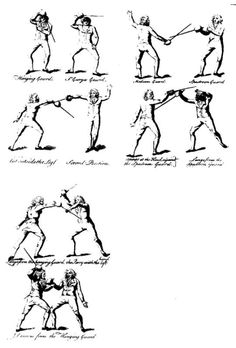
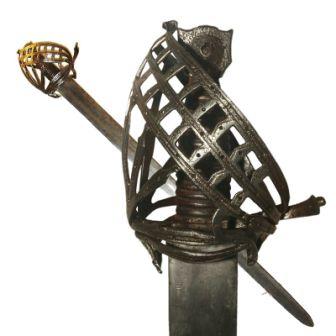
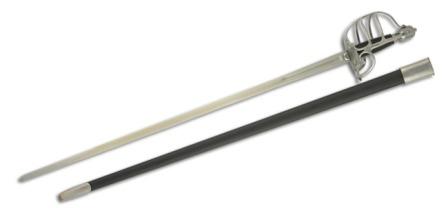
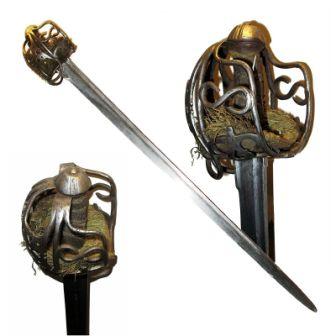
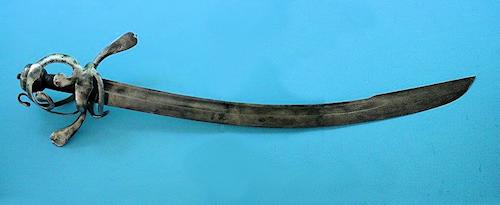
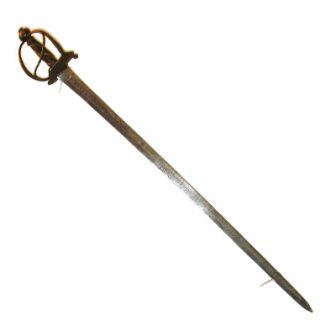
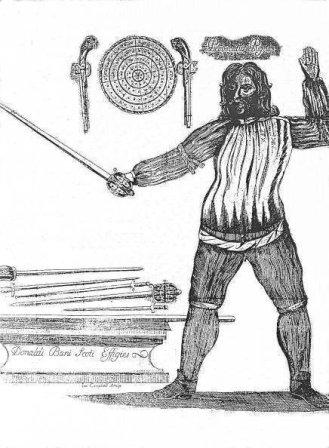
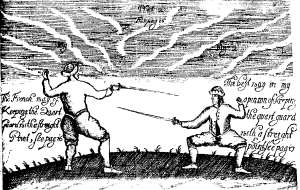
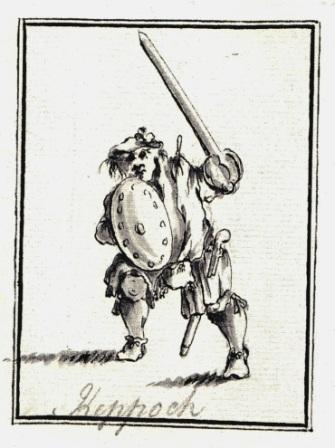
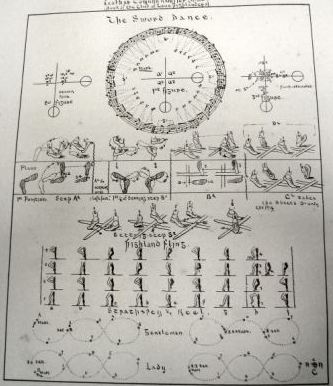
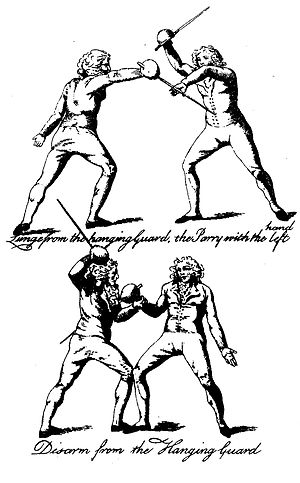
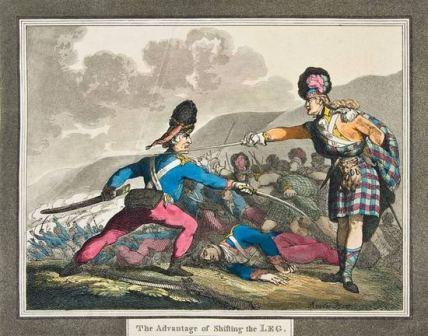
 RSS Feed
RSS Feed
